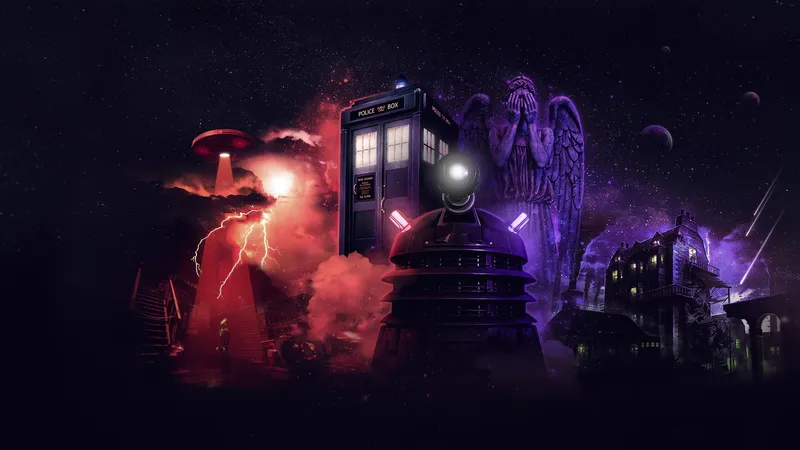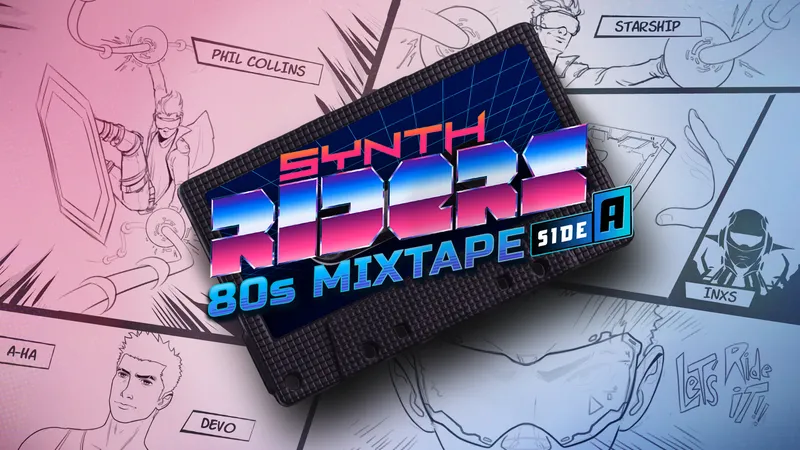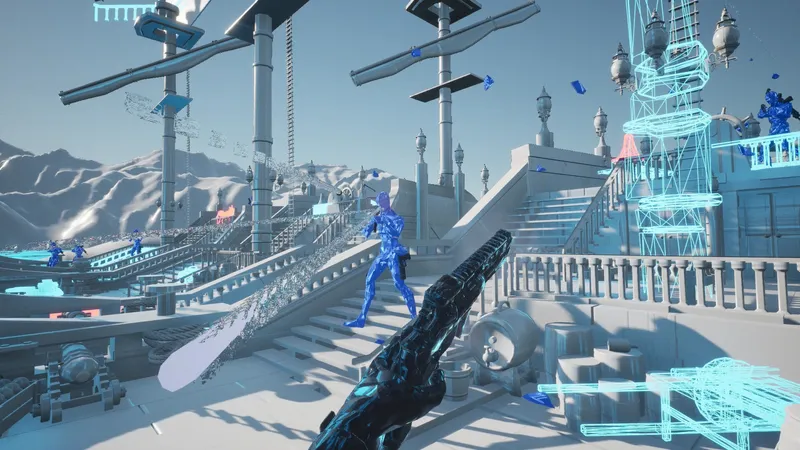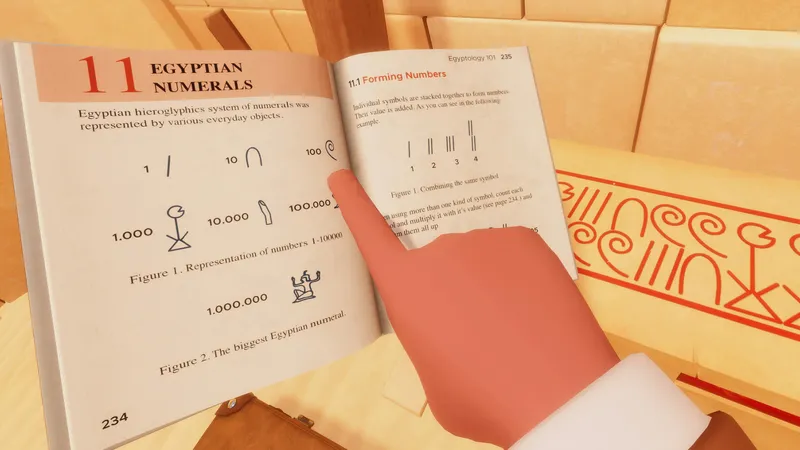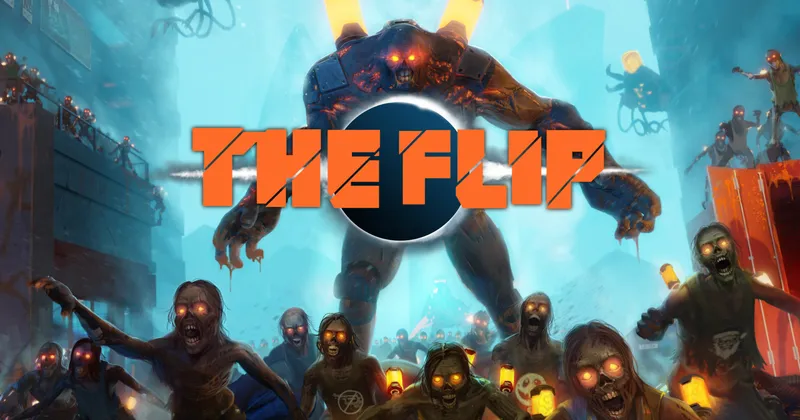Los Angeles-based rendering and graphics company OTOY is demonstrating an impressive light field streaming achievement ahead of VR-related announcements from Google and Facebook this week.
A new video from the company uses a Vive controller strapped on top of the Gear VR to provide position tracking. A second controller is hand-held, becoming a portal through which the viewer can see an object from any angle. The object itself is streaming from a server.
It’s an intriguing proof-of concept as the demonstration shows a number of advances needed to make sharing and enjoying walk-around virtual worlds easier. Even mobile headsets should be able to stream these objects and scenes for walk-around VR once those systems add position tracking. The approach requires between 1 and 3 Megabits per second to stream, according to OTOY.
Read More: OTOY Hacks Positional Tracking into GearVR with Lighthouse
“We can render the portal in about 1 ms on the server, so we can have multiple viewpoints shared from a single server, with 40 ms motion to photon latency as is being shown in the video, without optimizations,” OTOY CEO Jules Urbach wrote in an email. “With optimizations, including positional time warping on newer HMDs, we expect the latency to match local rendering.”
Light fields are arguably the most complex topic in VR to fully understand, but the general idea is that, while in VR with light fields, no matter where you move your head everything in the scene looks incredibly realistic. The trick is to capture or recreate the way light bounces off objects at different angles, making rooms and objects look different depending where you move your head.
In this implementation from OTOY, the Gear VR is sending its location to a PC server which is sending back “predicted frames” to each of the eyes. According to OTOY, the company is adding this new capability to its ORBX app in the next few weeks.
We expect Oculus CTO John Carmack to address this week whether he’s been able to lower the power consumption requirements enough to offer a usable mobile position tracking solution. We know he has wanted to problem solved for years, and spend part of his time over the last year trying to solve the problem.





